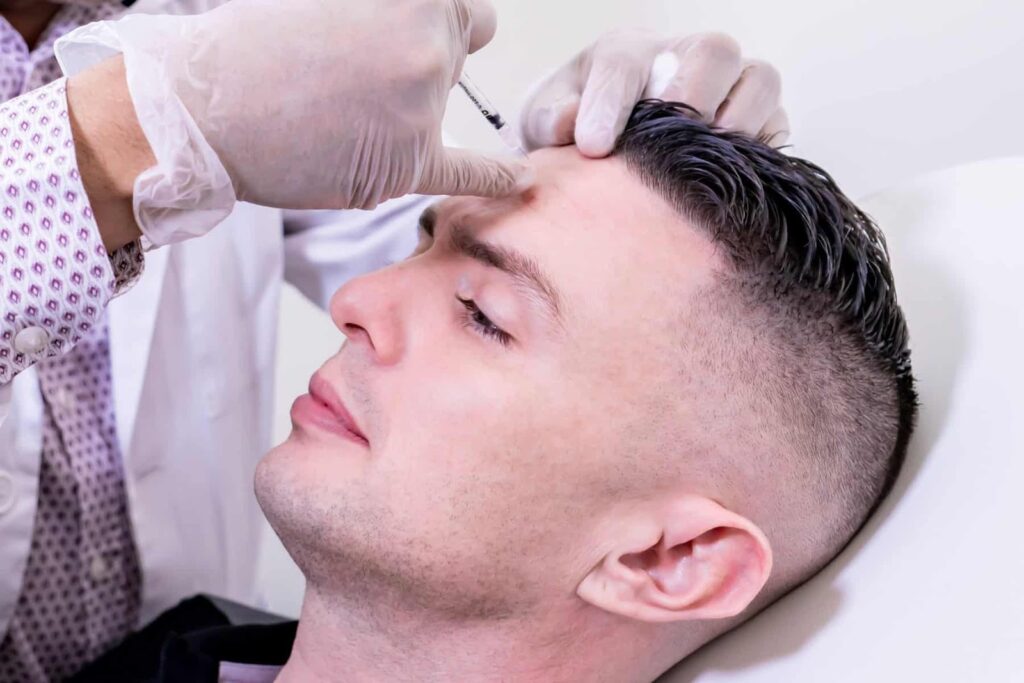Migraines are more than just headaches—they’re debilitating, recurring attacks that affect over 39 million Americans. For many, traditional migraine treatments don’t provide sufficient relief. That’s where Botox, commonly known for its cosmetic use, has stepped in as a groundbreaking treatment for chronic migraine sufferers. Approved by the FDA for migraine prevention, Botox offers a new approach to managing chronic pain.
What is Chronic Migraine?
Chronic migraine is characterized by headaches that occur on 15 or more days each month, with each headache lasting at least four hours. At least eight of these monthly headaches must include migraine symptoms like nausea, sensitivity to light, and intense throbbing pain. For those who live with chronic migraines, the condition disrupts daily life, work, and social activities. Traditional treatments, such as over-the-counter pain relievers or prescription drugs, may not be effective enough, and that’s where Botox comes in.
How Botox Works for Migraines
Botox, or botulinum toxin, works by blocking neurotransmitters that carry pain signals from the brain. When injected into specific areas around the head and neck, Botox prevents the activation of pain pathways involved in migraines. Essentially, it stops the migraine before it even starts.
Botox is injected into 31 sites across seven key muscle areas, including the forehead, temples, and neck. The treatment is designed to relax these muscles, reducing the frequency and severity of migraines.
How Botox Helps
- Blocks Pain Pathways: Botox stops pain signals from reaching the brain, effectively preventing migraine episodes.
- Targets Multiple Pain Points: By injecting Botox into several strategic locations, it can reduce tension and inflammation that contribute to migraines.
- Long-Lasting Relief: Botox offers relief for up to 12 weeks, meaning fewer days lost to migraines each month.

Who Can Benefit from Botox for Migraines?
Botox is specifically approved for adults who experience chronic migraines, meaning 15 or more headache days per month. It’s not typically recommended for those who have fewer headaches, as the treatment is most effective for those with frequent migraines.
People who have tried other migraine treatments without success or who experience severe side effects from medications may be good candidates for Botox. Because Botox is administered through injections every 12 weeks, it’s a great option for those seeking long-term relief without daily medication.
What to Expect During the Procedure
The Botox treatment for migraines is a quick, in-office procedure. During the session, a trained healthcare professional will administer a series of small injections in targeted areas around your head, neck, and shoulders. The entire process usually takes around 15 to 20 minutes.
The Botox Injection Process
- Preparation: No major prep is needed before the procedure, but it’s important to discuss any medications you’re taking with your provider to avoid interactions.
- Injection Sites: Botox is injected into 31 specific sites across the forehead, temples, back of the head, neck, and shoulders.
- Minimal Discomfort: The injections are usually well-tolerated and feel like tiny pinpricks. Some patients experience mild discomfort, but it’s generally quick and manageable.
- Immediate Return to Daily Activities: After treatment, you can return to your normal activities. There’s no significant downtime.

Results and Effectiveness
Botox treatments for migraines aren’t an immediate fix. It typically takes two to three treatments over a period of six to nine months before full benefits are realized. However, many patients begin to experience fewer migraine days after the first treatment. Most patients report that Botox reduces the frequency of their migraines by up to 50%.
Expected Results:
- Reduced Frequency: After consistent treatment, patients often see a marked decrease in the number of migraine days per month.
- Less Intensity: The migraines that do occur may be less intense and easier to manage.
- Lasting Relief: Each treatment cycle provides relief for around 10 to 12 weeks.
Potential Side Effects
Botox is generally safe when administered by a trained professional, but like any medical procedure, it carries potential side effects. The most common side effects include:
- Mild pain, swelling, or bruising at the injection sites.
- Temporary neck pain or stiffness.
- Dry eyes or drooping eyelids in rare cases.
Most side effects are temporary and resolve within a few days to weeks. It’s important to follow aftercare instructions and report any unusual symptoms to your healthcare provider immediately.
Is Botox Right for You?
If you suffer from chronic migraines and haven’t found relief through traditional medications, Botox might be a good option for you. It’s non-invasive, long-lasting, and offers a viable alternative for reducing the frequency and severity of migraines. However, it’s essential to consult with a healthcare professional to determine if this treatment fits your individual needs.
Botox has proven to be life-changing for many chronic migraine sufferers, providing relief where other treatments have failed. If you’re interested in exploring this option, schedule a consultation with a qualified provider to discuss your symptoms and treatment history.

Visit Colair Beauty Lounge & Med Spa for Botox Migraine Treatment
At Colair Beauty Lounge & Med Spa, we offer Botox treatments administered by experienced professionals who understand how to tailor your care to achieve the best results. If you’re struggling with chronic migraines, visit us for a consultation to find out if Botox can provide the relief you need.
Reach out today – Call (480) 923-6138 to book a consultation.


